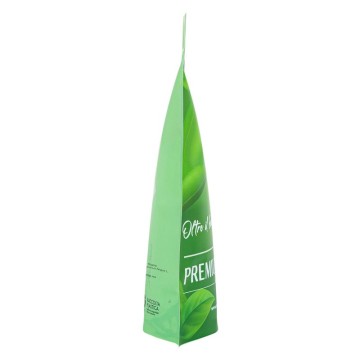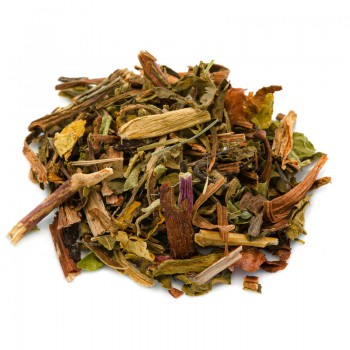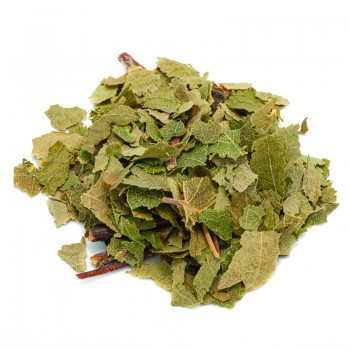Sambucus Nigra is a natural plant with a long history of herbal medicine, since it has been used in its various parts, to treat ailments and pathologies, since ancient times.
The plant has traditionally been used against insomnia, coughs, colds, headaches and other ailments. The leaves, in particular, have some beneficial characteristics.
Elderberry leaves: properties and benefits
Elderberry is very rich in vitamins, minerals and antioxidants ; an herbal tea with elderberry leaves becomes a real natural supplement.
Its best known qualities are certainly its diuretic, the one that helps in proper digestion and laxative capacity.
The diuretic characteristic of elderberry is useful for supporting the well-being of the urogenital tract, and preventing cystitis and urethritis with the soothing and diuretic action of these leaves. Among other things, it helps eliminate excess uric acid in the body.
Elderberry herbal tea is recommended, in fact, it is a good remedy for the purification of the organism, which favors the elimination of toxins.
By counteracting water retention and the lymphatic system, it also avoids retention edema, and helps against the onset of cellulite.
The diuretic value of elderberry leaves is very useful for removing excess water in the body, and also for treating rheumatism.
The leaves can have a decongestant power, thanks to the presence of phenolic acids, with beneficial effects on the stomach, liver and gastric ulcers.
Elderberry leaves also have laxative properties, and as a purgative they help in the treatment of constipation.
The elderberry thanks to its antioxidants, strengthens the immune system, and helps the first symptoms of colds and flu.
As an herbal tea, the one with elderberry leaves shows anti-inflammatory qualities, and has always been valued for its ability to thin and expel excess mucus.
It is considered a natural remedy to support the recovery of the body in case of fever, given its diaphoretic properties (it can increase sweating) which allow the lowering of body temperature.
In anti-rheumatic function, its properties can help eliminate some pains such as headaches and joints. In fact, it improves blood circulation
The leaves were considered an ingredient in many refreshing ointments, and soothing in the case of hemorrhoids.
Origins and History of cultivation
It is a wild shrub, Sambucus nigra, native to Europe and North America.
Today the elderberry grows all over the world, in many temperate and subtropical regions of the world. - mainly among woods, scrublands, uncultivated land and along hedges.
The plant is also grown as an ornamental shrub or small tree, and has been known for centuries for its flowers and berries that have a long tradition of food use.
The name Sambucus occurs, in Roman times, in the writings of Pliny and other ancient authors, taken from the Greek word Sambuca. The sambyke was an ancient musical instrument used among the Romans, probably built with the wood of this tree, due to its hardness.
Even in recent times, the Italian farmers built the bagpipe, with the branches of this plant.
Pliny reports the legend that the country people believed the loudest instruments were made with elder trees grown outside the range of the crowing of the cock.
Plant and flowers
The European Sambucus nigra belongs to the genus Sambucus in the Adoxaceae family.
It is a shrub found in Europe and Western Asia, and grows in humid places such as swamps and marshes. It prefers sunny places.
Elder trees reach a height of about 15 meters and have a long life: they can live for about 60 years!
The trunk is short and the bark is gray-brown, corky and furrowed, with few branches.
The leaves have serrated edgesati, while the cream-colored flowers are hermaphroditic and appear in clusters, which hang from thin stems. After pollination, each flower develops into a small black-purplish berry, with a sour taste, which ripens from late summer to autumn.
It is recognized in winter by the green twigs with an intense but not very pleasant smell.
Nutritional values of Elderberry leaves
Sambucus nigra contains essential oils, free fatty acids (palmitic acid), flavonoids and their glycosides (rutin, isoquercitrin, hyperoside and quercetin). Chlorogenic acid, tannins and mucilages are also found in the elderberry.
Elderberry leaves contain an alkaloid, sambucina, a purgative resin, in addition to cyanogenic glycosides (sambunigrin, prunasin and ziggrin).
How to use elderberry leaves in herbal tea
The elderberry infusion is obtained by putting in a cup (250 ml), about 3-5 grams of leaves with water at 100 ° C.
Leave to infuse for 5 to 7 minutes, before drinking the diuretic herbal tea.
Add honey or sugar if desired.
Elderberry leaves: side effects and contraindications
Despite all the beneficial properties, elderberry leaves have some contraindications for use. It is important to respect the recommended doses and not to exceed in use.
It is not recommended to use infusions for pregnant or breastfeeding women.
It is also not recommended for people with diabetes.











 No reward points for this product.
No reward points for this product.









